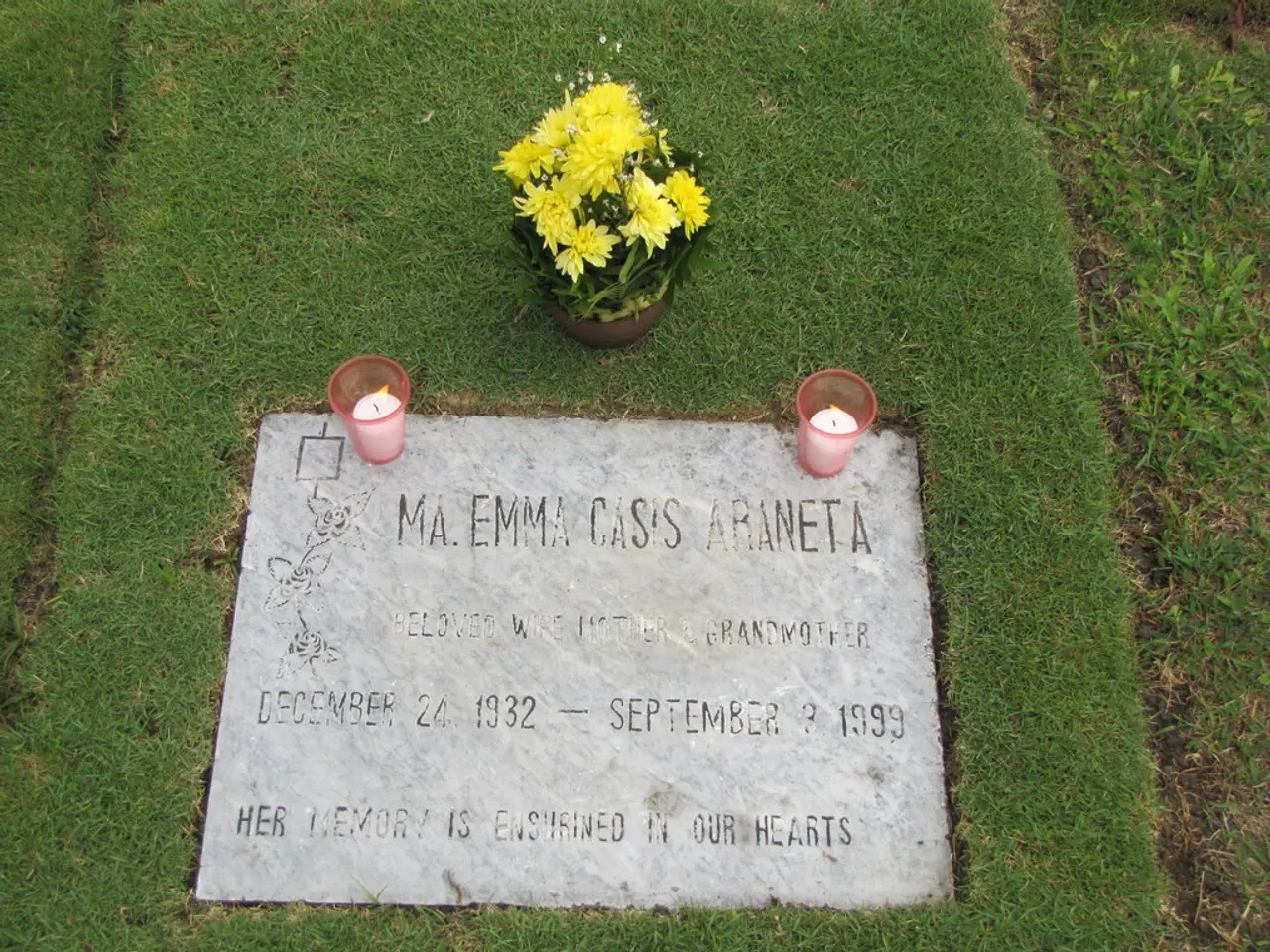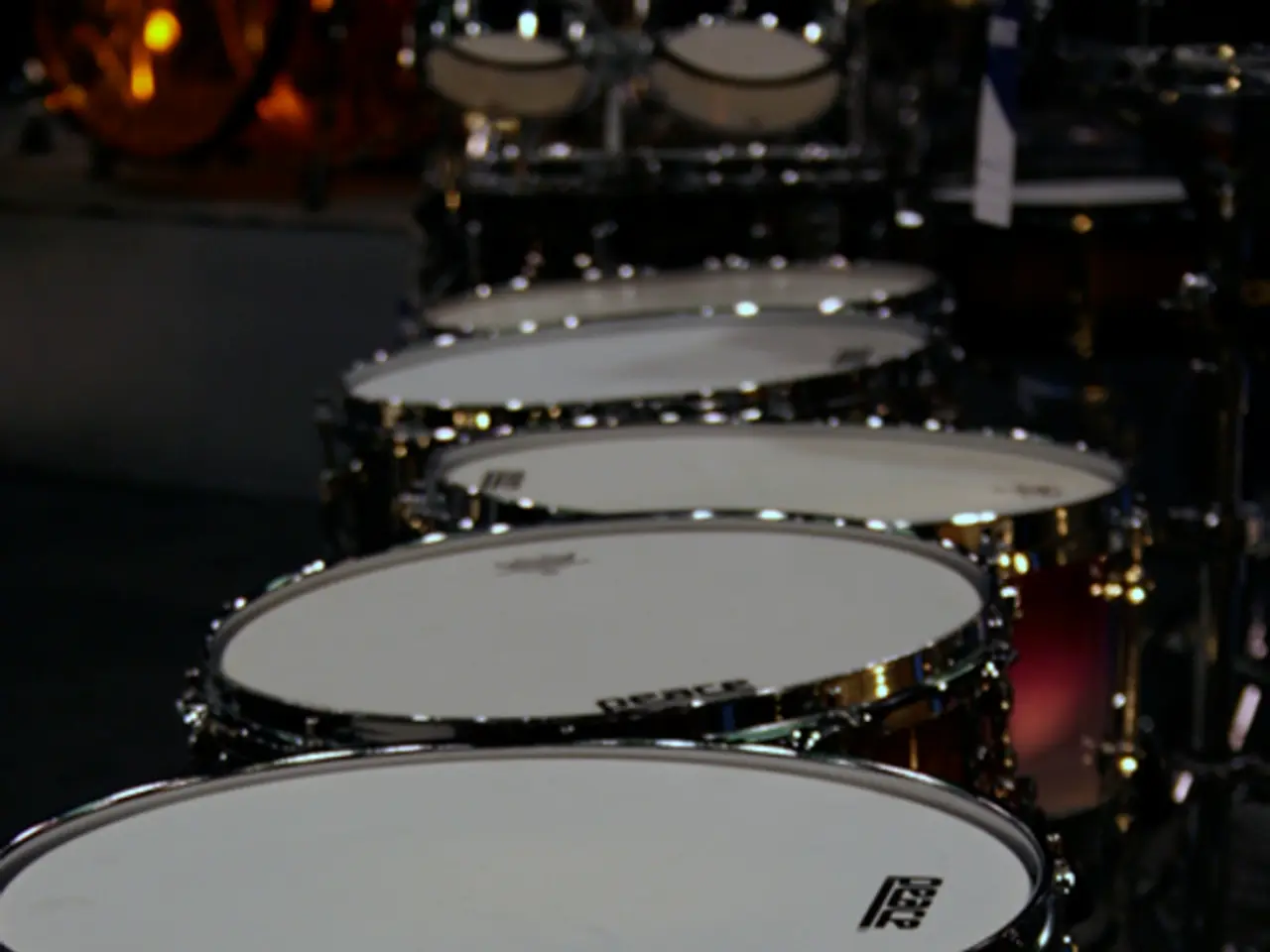Funding of £1.26M granted to QV Bioelectronics for the progression of exploratory research into innovative brain cancer therapy
In a significant development for the medical community, QV Bioelectronics' GRACE device is making strides in the treatment of glioblastoma, a particularly aggressive brain cancer. The device, currently in advanced stages of development and clinical evaluation, is poised to revolutionize the management of this challenging disease.
The GRACE Device: A Game-Changer in Glioblastoma Treatment
The GRACE device is a groundbreaking innovation, designed to deliver continuous electric field therapy directly to the brain tumor site through a fully implanted system. This contrasts with existing external devices like Optune, which require wearable transducer arrays.
QV Bioelectronics has been conducting early to mid-stage clinical trials to assess the safety, feasibility, and efficacy of GRACE in patients with glioblastoma. Initial clinical data have shown promising results in terms of tolerability and potential improvements in therapeutic delivery, given the device’s ability to continuously and precisely target tumor cells.
The Potential Impact on Glioblastoma Treatment
Glioblastoma is an aggressive brain tumor with a poor prognosis, partly because current treatments (surgery, radiation, chemotherapy) struggle to eliminate all cancer cells. Electric Field Therapy (also known as Tumor Treating Fields) has emerged as a novel treatment modality that disrupts cancer cell division via low-intensity alternating electric fields.
GRACE's fully implanted approach could significantly improve patient quality of life by eliminating the need for external headgear, increasing treatment adherence and duration. Continuous internal delivery may enhance treatment efficacy compared to intermittent external application. If approved and successful, the GRACE device could become a major advancement in glioblastoma management, potentially extending survival and reducing recurrence rates.
Funding and Collaboration
The University of Edinburgh and NHS Lothian are contributing to the development of GRACE, with the Biomedical Catalyst funding supporting preclinical, regulatory, and clinical readiness activities for the device. QV Bioelectronics, a company that holds multiple granted patents and has secured over 6 million GBP in grant funding and equity investment, is leading the development of GRACE to address this urgent need.
Looking Ahead
While the GRACE device is still undergoing clinical evaluation, it holds promise to improve outcomes for glioblastoma patients substantially once it reaches broader clinical use. The Professor of Clinical and Experimental Neurosurgery at the University of Edinburgh supports the potential of Electric Field Therapy to improve patient outcomes and quality of life.
As of mid-2025, QV Bioelectronics’ GRACE device represents an innovative step forward in brain tumor therapy by combining the efficacy of electric field therapy with the convenience and robustness of a fully implanted delivery system. The future of glioblastoma treatment may well be electric.
The GRACE device, with its potential to revolutionize the treatment of glioblastoma through its implanted system, could significantly impact health-and-wellness by offering more tolerable and effective management for medical-conditions like cancer. If successful, the device could become a game-changer in the realm of science, offering hope for those battling against this aggressive brain cancer.




